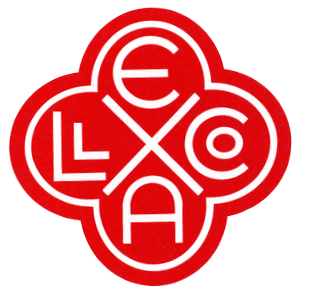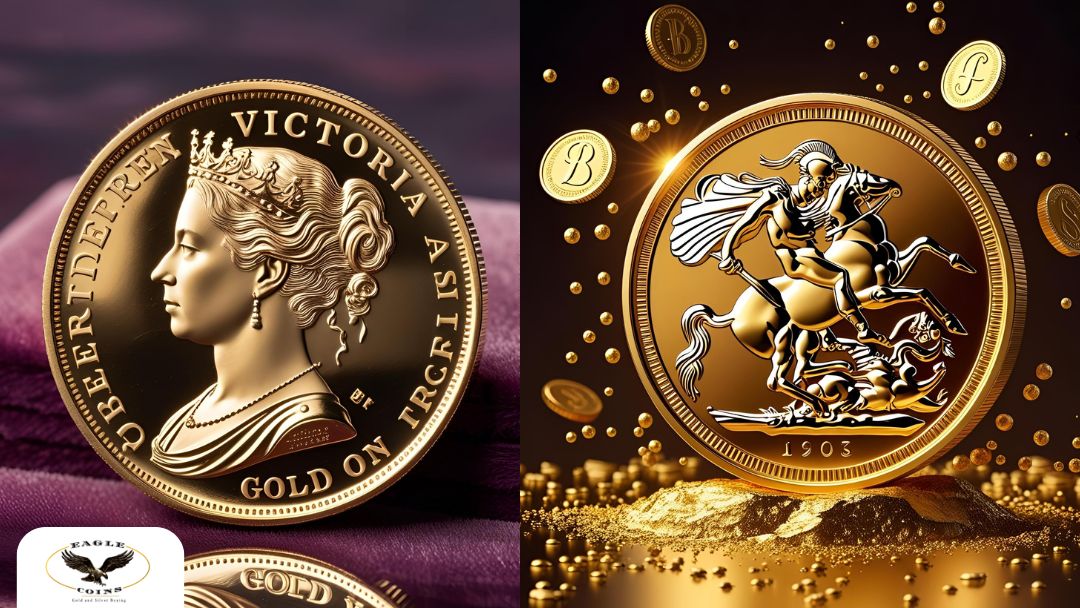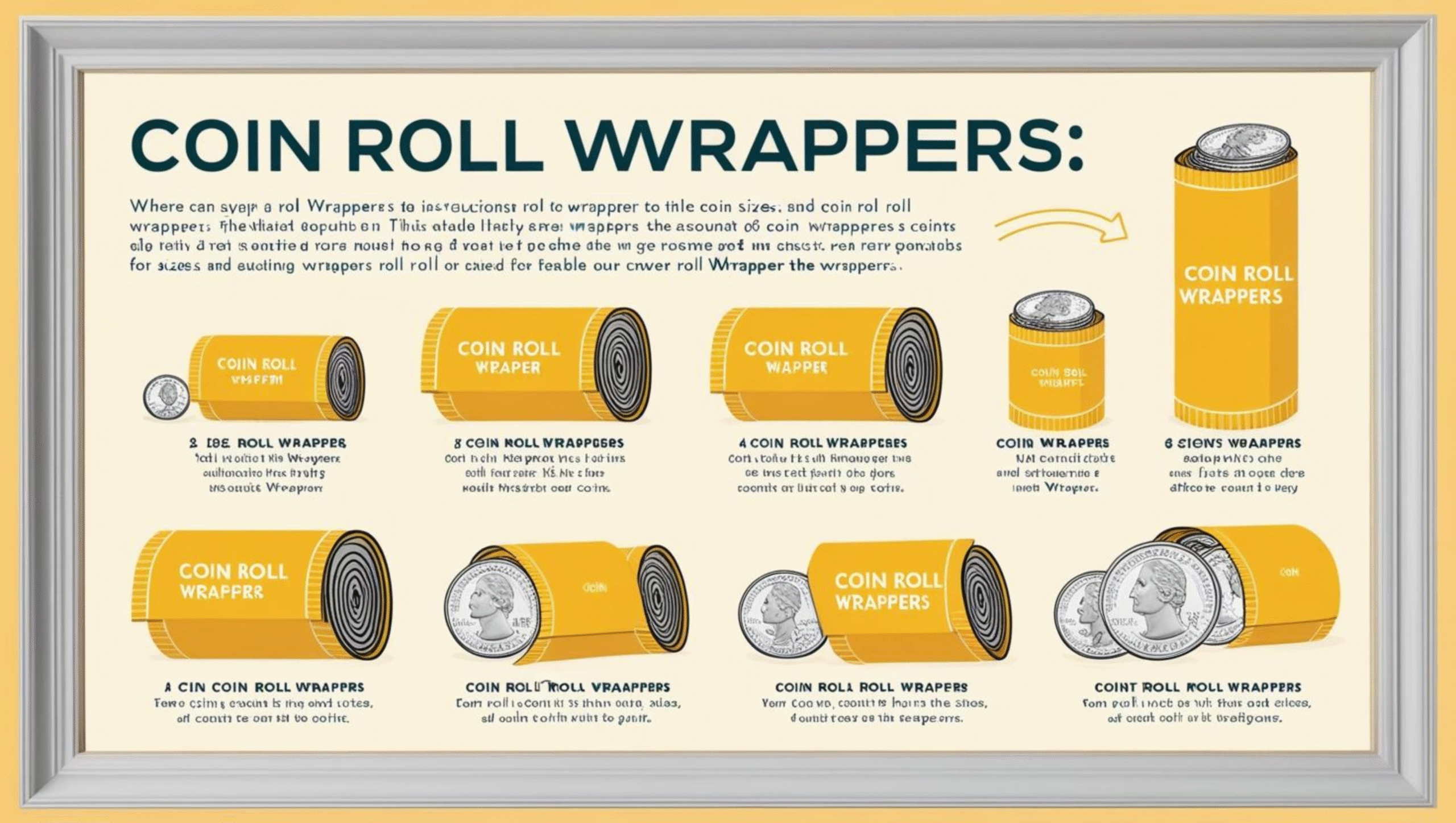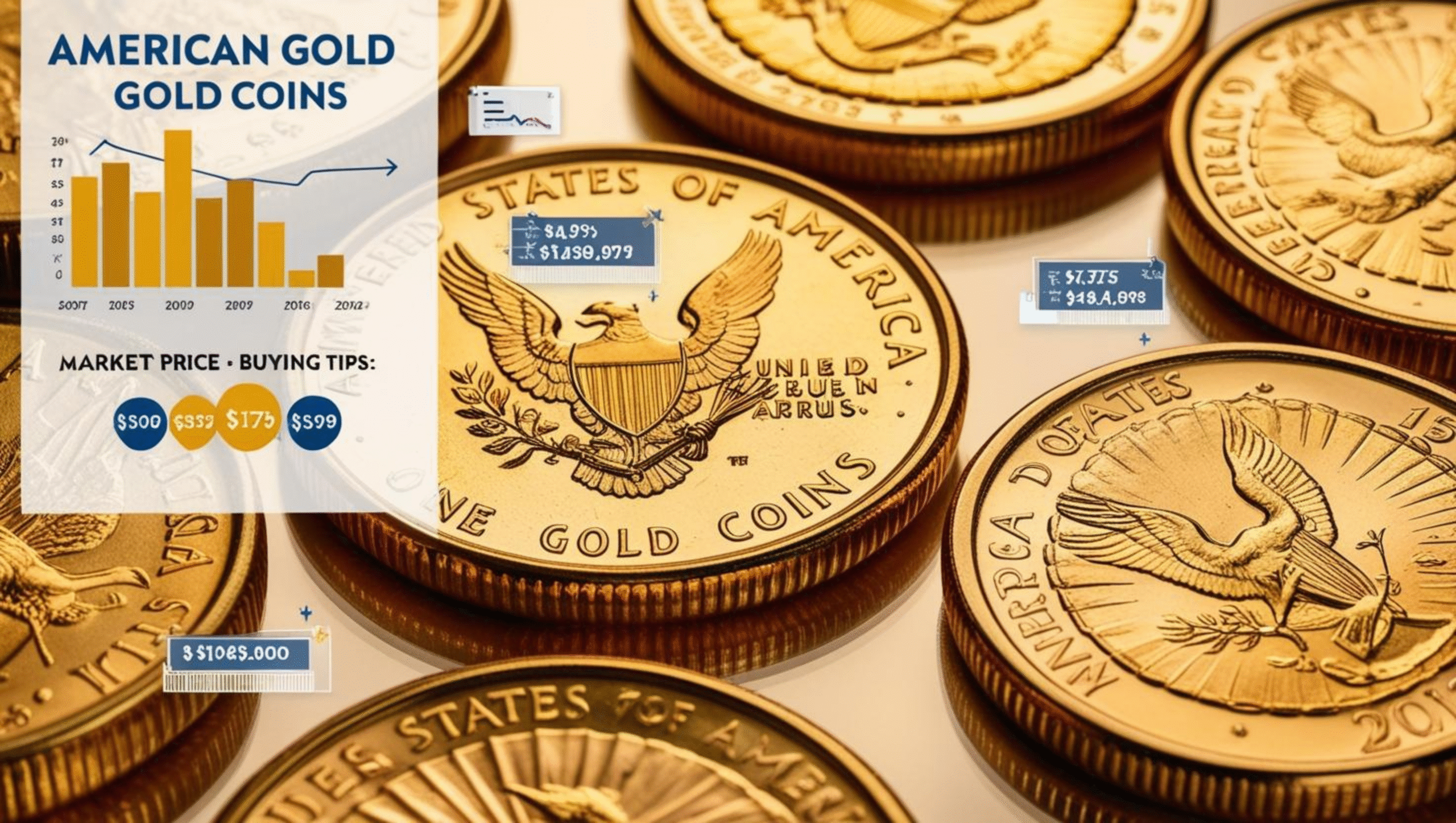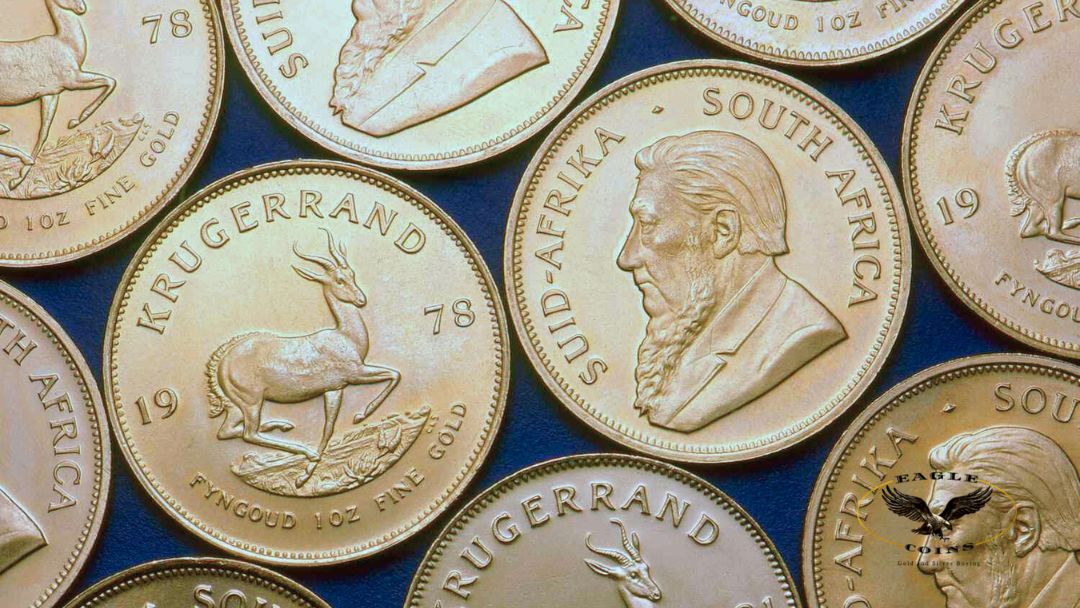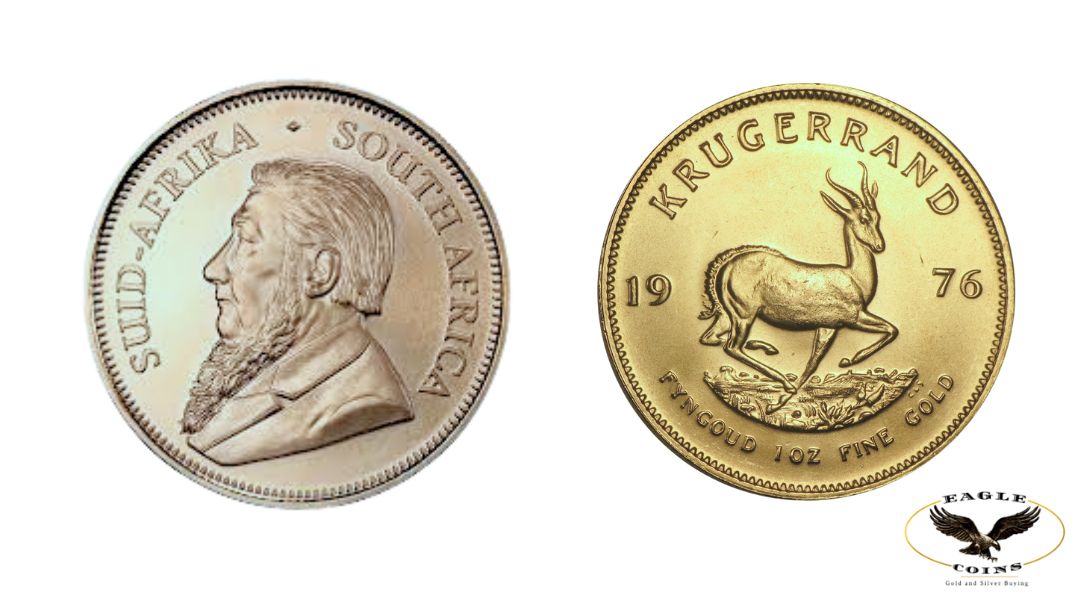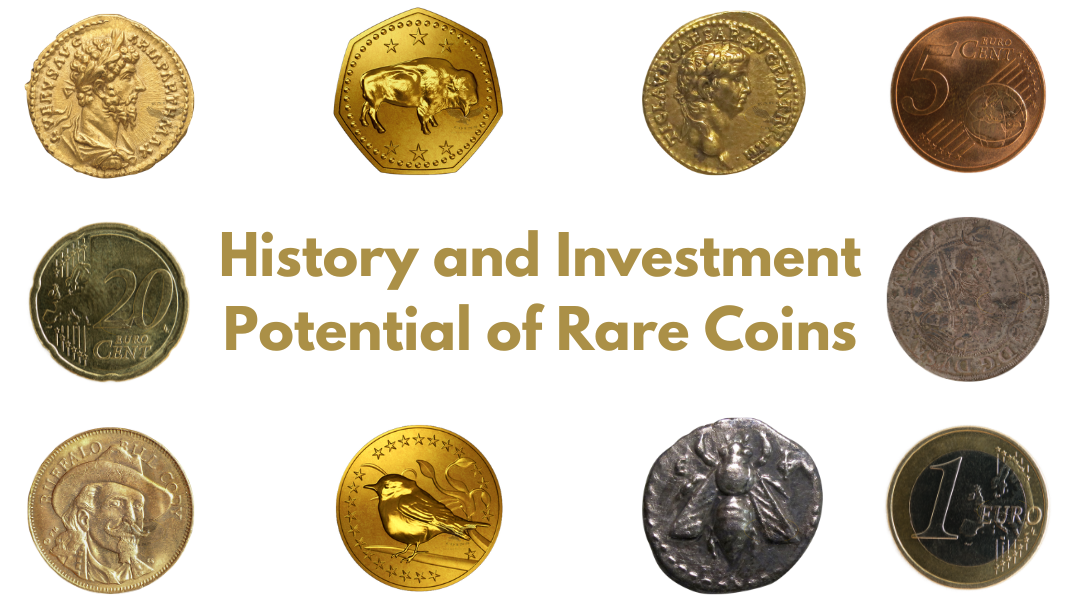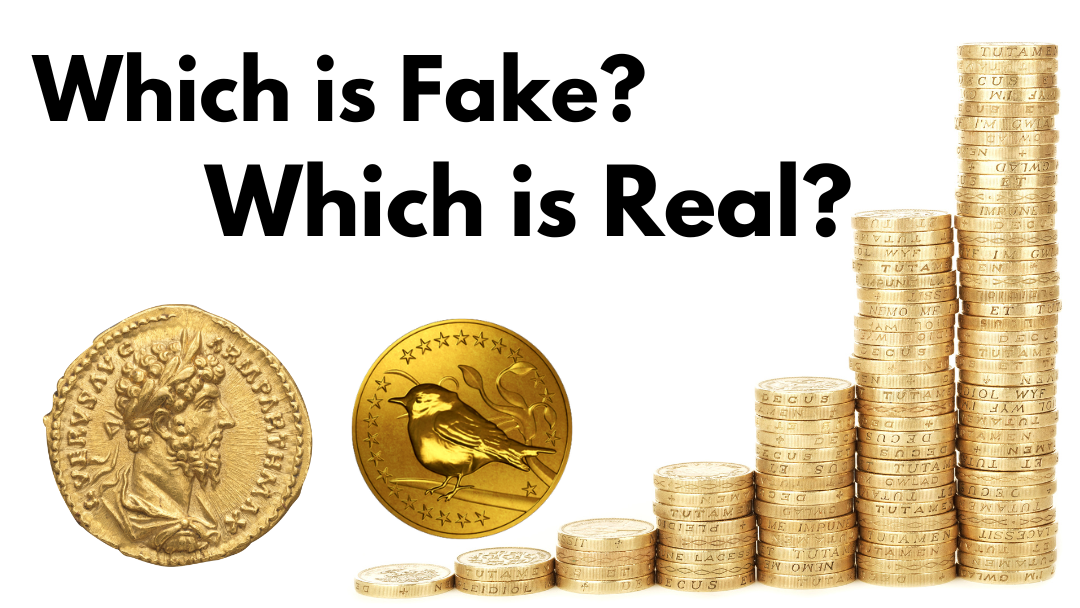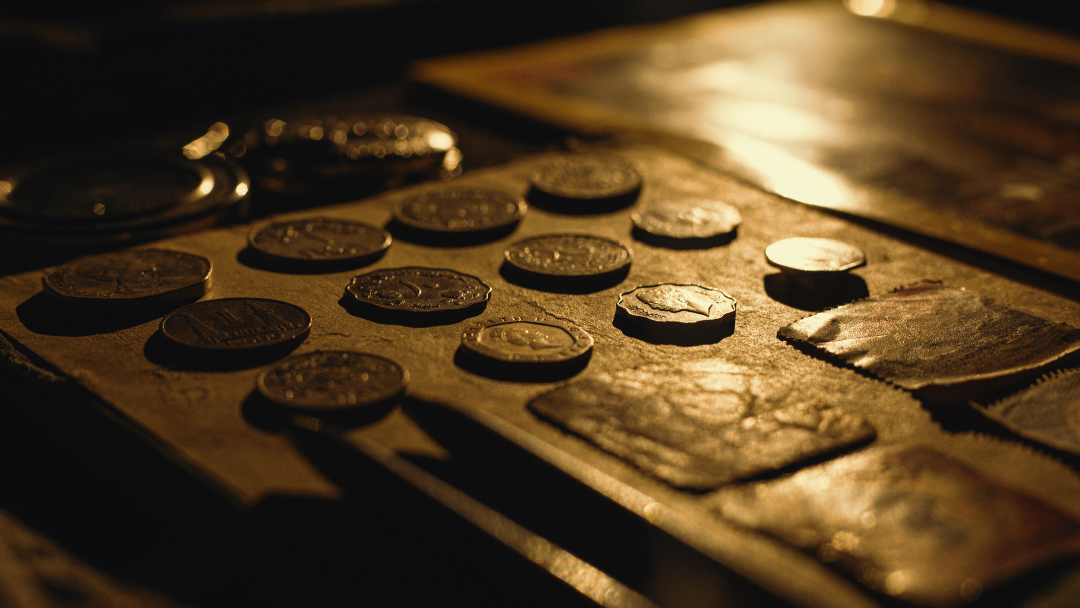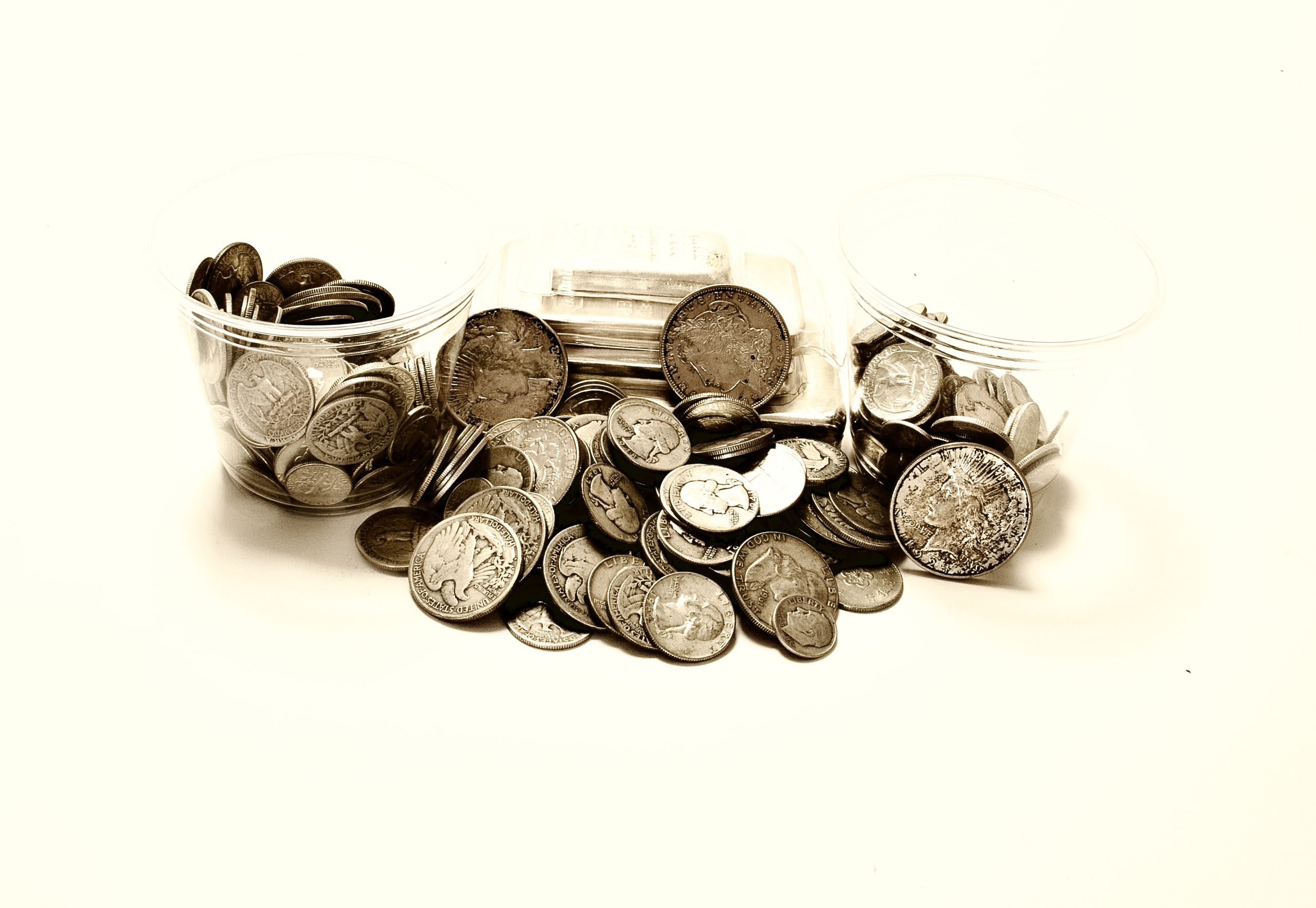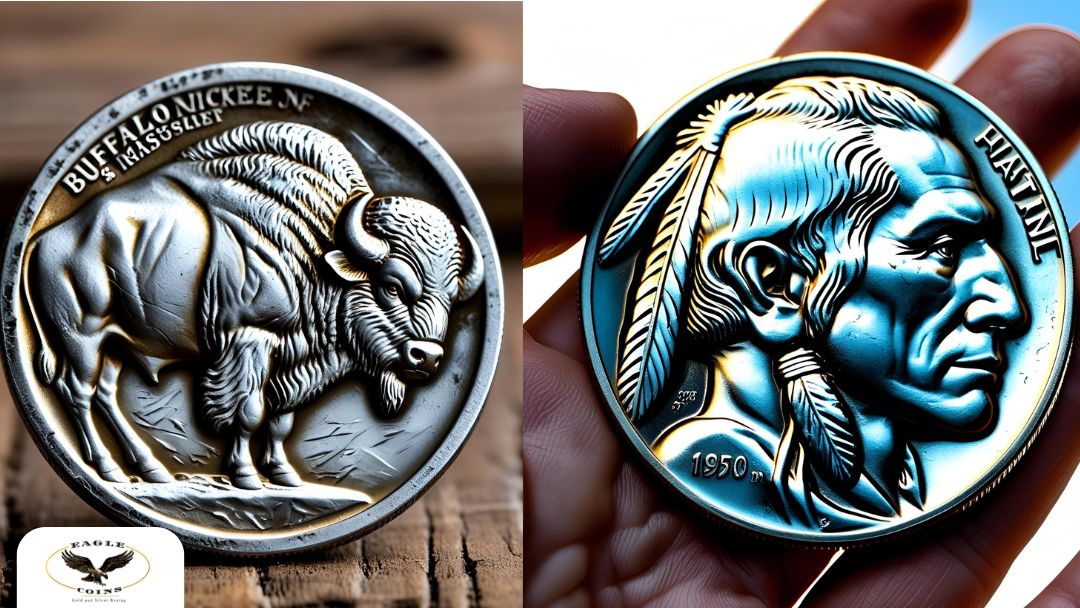
Few American coins capture the spirit of the frontier quite like the Buffalo nickel. With its iconic Native American portrait on one side and a mighty American bison on the other, the Buffalo nickel stands as one of the most distinctively American coins ever minted. Collectors treasure these pieces not just for their monetary worth, but for the slice of Americana they represent.
For those curious about these historic five-cent pieces or wondering about that 2005 Buffalo nickel in their collection, this guide explores everything from the coin’s fascinating origin story to its modern collectability and value.
The Birth of an American Icon: Buffalo Nickel History
The Buffalo nickel entered circulation in 1913 as part of a wave of artistic redesigns of American coinage. President Theodore Roosevelt had called for more beautiful, artistic American coins that would represent the nation’s identity and growing international prominence.
Renowned sculptor James Earle Fraser answered this call with his design for the Buffalo nickel. The striking imagery captured the vanishing American frontier at a time when the nation was rapidly industrializing.
The Faces Behind the Design
The Buffalo nickel featured a composite portrait of three Native American chiefs on the obverse and an American bison on the reverse. The Native American figure combined features from several real chiefs:
- Iron Tail (Oglala Lakota)
- Two Moons (Northern Cheyenne)
- Chief John Big Tree (Seneca)
The buffalo was reportedly modeled after Black Diamond, a bison living in New York’s Central Park Zoo.
The Buffalo nickel remained in production from 1913 until 1938, when it was replaced by the Jefferson nickel. During its 25-year run, the raised design elements wore down quickly in circulation, often making the date one of the first details to disappear.
The 2005 Buffalo Nickel: A Modern Tribute
Many people search for information about the 2005 Buffalo nickel and wonder about its origin and value. It’s important to clarify that the United States Mint did not produce Buffalo nickels for circulation in 2005. The original Buffalo nickel series ended in 1938.
What collectors might be referring to as a 2005 Buffalo nickel is actually the 2005 American Bison nickel — part of the Westward Journey Nickel Series commemorating the bicentennial of the Lewis and Clark expedition. This modern coin pays homage to the classic Buffalo nickel with a newly designed American bison on the reverse, while featuring a portrait of Thomas Jefferson on the obverse.
Additionally, in 2006, the U.S. Mint released a Buffalo Gold Coin based on the original Fraser Buffalo nickel design. Neither of these modern issues should be confused with the original Buffalo nickels minted from 1913 to 1938.
Identifying Buffalo Nickels: Key Features at a Glance
Authenticating Buffalo nickels requires familiarity with their distinctive design elements:
Obverse Features
- Profile of a Native American facing right
- The word “LIBERTY” along the upper right edge
- The mint date along the lower left edge beneath the portrait
- No mint mark for Philadelphia; “D” for Denver or “S” for San Francisco located beneath the date
Reverse Features
- Standing American bison on a raised mound
- “UNITED STATES OF AMERICA” above the bison
- “E PLURIBUS UNUM” below “UNITED STATES OF AMERICA”
- “FIVE CENTS” at the bottom of the coin
Major Buffalo Nickel Varieties Worth Knowing
Buffalo nickels come in several major varieties that serious collectors distinguish:
- 1913 Type 1 – Features the bison on a raised mound with the denomination “FIVE CENTS” exposed
- 1913 Type 2 – The design was recessed to protect the denomination from wear
- 1916 Doubled Die Obverse – Shows doubling on the date and “LIBERTY”
- 1918/7-D Overdate – One of the most famous Buffalo nickel errors where a 1918 date was stamped over a 1917 die
- 1937-D Three-Legged Buffalo – Due to excessive die polishing, one of the bison’s legs was removed, creating a valuable error variety
None of these varieties apply to the 2005 American Bison nickel, which represents a modern homage rather than a continuation of the original Buffalo nickel series.
Buffalo Nickel Values: What Determines Worth?
The value of Buffalo nickels varies dramatically based on several key factors:
Date and Mint Mark Matter Most
Certain years and mint marks are considerably rarer than others. Key dates include:
- 1913-S Type 2
- 1914-D
- 1921-S
- 1924-S
- 1926-S
These dates typically command premium prices even in circulated condition due to their low mintage numbers.
Condition is King
As with all collectible coins, condition significantly impacts value. Buffalo nickels in uncirculated condition (MS-63 or higher on the Sheldon scale) can be worth many times more than heavily circulated examples.
One condition factor specific to Buffalo nickels is the presence of “full horn” detail on the bison. Because the horn was one of the highest points of the design, it wore down quickly. Specimens with complete horn detail command substantial premiums.
For context, while common date Buffalo nickels in heavily worn condition might be worth only slightly more than their face value, rare dates in pristine condition can sell for tens of thousands of dollars. The 1918/7-D overdate in gem uncirculated condition has sold for over $350,000 at auction.
As for the 2005 American Bison nickel, these modern coins generally trade for close to face value unless in pristine uncirculated condition.
Collecting Buffalo Nickels: Strategies for Success
Buffalo nickels present both rewarding opportunities and unique challenges for collectors:
Popular Collection Approaches
Collectors typically pursue Buffalo nickels through several different strategies:
- Date and Mint Mark Sets – Attempting to acquire one example from each year and mint
- Type Collection – Obtaining representative examples of the major varieties
- Grade-Based Collection – Focusing on high-grade examples regardless of date
- Error and Variety Collection – Specializing in the various known errors and die varieties
Watch Out For These Issues
Buffalo nickel collectors frequently encounter several obstacles:
- Dateless Coins – Because the date wore off easily, many Buffalo nickels in circulation have no visible date
- Altered Dates – Some unscrupulous sellers artificially enhance or recreate dates on worn coins
- Counterfeit Rare Dates – High-value dates like the 1918/7-D and 1937-D Three-Legged Buffalo are frequently counterfeited
Keeping Your Buffalo Nickels in Top Shape
Proper storage and handling remain essential for maintaining Buffalo nickels in collectible condition:
- Store coins in non-PVC holders designed specifically for numismatic preservation
- Handle coins by their edges, never touching the faces directly
- Keep Buffalo nickels in stable environments away from temperature and humidity extremes
- Consider professional grading and encapsulation for valuable specimens
- Avoid cleaning coins, as improper cleaning can dramatically reduce value
Ready to Sell? Getting Top Dollar for Your Buffalo Nickels
For those looking to sell Buffalo nickels, understanding their market value proves essential for receiving fair offers. Eagle Coins Gold and Silver Buying, with 40 years of experience in the numismatic market, offers expert appraisal services for Buffalo nickels and other collectible coins.
When considering selling Buffalo nickels, the most important factors include:
- Authentication – Confirming the coin’s authenticity and identifying any valuable varieties
- Grading Assessment – Evaluating the condition objectively against standard numismatic scales
- Market Knowledge – Understanding current collector demand and price trends
- Transparent Valuation – Receiving clear explanations for the offered price
Sellers should be particularly cautious with rare dates and varieties, as these coins merit expert examination to ensure proper identification and valuation. This applies whether dealing with vintage Buffalo nickels or modern tributes like the 2005 American Bison nickel.
Original vs. Modern: Know the Difference
Distinguishing between original Buffalo nickels and modern commemoratives like the 2005 American Bison nickel helps collectors understand their historical context and value:
Original Buffalo Nickels (1913-1938)
- Designed by James Earle Fraser
- Native American composite portrait on obverse
- Standing buffalo on reverse
- Many dates now considered scarce or rare
2005 American Bison Nickel
- Designed by Jamie Franki (reverse) and Felix Schlag/Joe Fitzgerald (obverse)
- Thomas Jefferson portrait on obverse
- Standing bison on reverse
- Produced as part of the Westward Journey series
- Generally available at face value except in pristine condition
Conclusion: The Enduring Legacy of an American Classic
The Buffalo nickel represents more than just a denomination of American currency. It stands as an artistic achievement, a historical document, and a collectible treasure that continues to captivate coin enthusiasts over a century after its introduction.
Whether pursuing original Buffalo nickels from 1913-1938 or appreciating modern tributes like the 2005 American Bison nickel, collectors connect with an iconic design that captured the American spirit during a transformative period in the nation’s history.
For those looking to buy, sell, or simply learn more about Buffalo nickels, Eagle Coins Gold and Silver Buying offers expertise developed through decades of numismatic experience. Their appraisers can help determine the value of your Buffalo nickels, whether common dates or rare treasures, ensuring you receive fair value for these pieces of American history.

